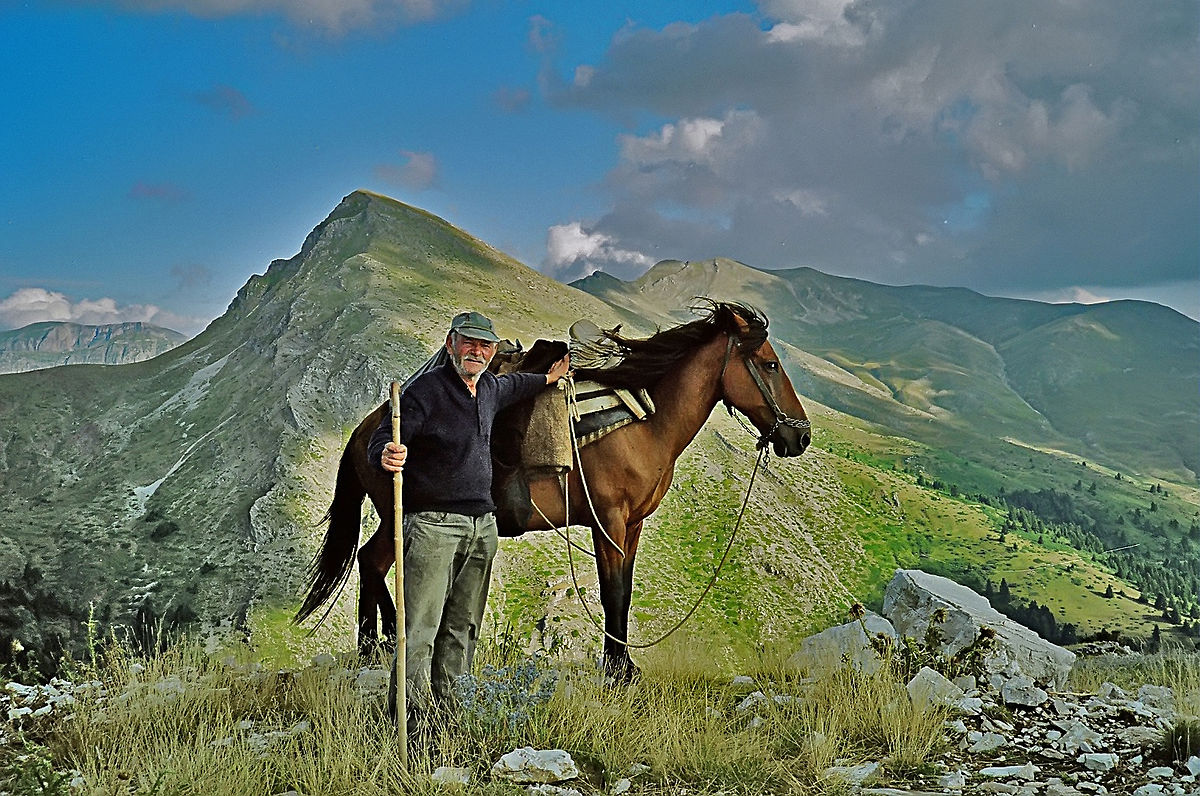Andravida
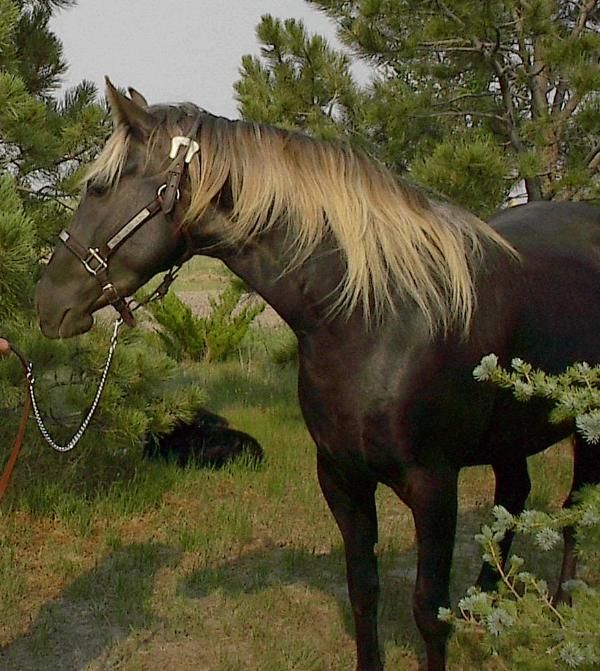
The Andravida or Eleia Horse is a light draft breed found in the region of Ilia in Greece. It owes its development to the crossing of Anglo-Norman with local breeds with additional crosses of Nonius stallions after 1920. The breed is close to extinction and its studbook was only established in 1995.
The members of the breed are predominantly brown, bay, chestnut, red roan, black and occasionally grey, though, this tends to be a rare phenomenon. The head is rectangular in shape – quite unremarkable and plain with long ears and a straight profile. The chest is broad and heavy-set with thick muscles; the back is slightly dipped; the shoulders should be well-sloped and the croup only gently so. The horse’s legs should be free of excess hair, very strong and thick with good bone. The breed’s temperament is described as willing but strong. The breed is of moderate height ranging between 14 to 16 hands (56 to 64 inches, 142 to 163 cm) high with the average being at around 15 hands (60 inches, 152 cm).
The breed is believed to trace to the cavalry horses of Ancient Greece; in the fourth century BC used by the Athenian Army. In peace times, the breed was used to transport goods from remote villages and for riding. Beginning in the 13th century, Arabian blood was introduced to create the lighter strain of this breed. In the 20th century, Anglo-Norman blood was added, but numbers went into decline. The breed was saved from extinction in the early 1990s, when Andravida’s Selle Francais stallion Calin de Nanteuil, renamed Pegasus, covered some mares, resulting in 50 healthy foals that went to breeders throughout western Greece. Despite this, however, the breed’s numbers are still very low, and they are rarely if at all, found outside of Ilia, where they are bred almost exclusively.
Arravani
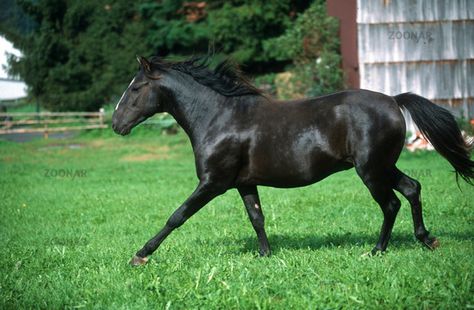
The Arravani Horse is a Greek horse that has extensively been used by the early Greek people throughout the world in the Greek space, especially for transportation and different agricultural activities. At present, this horse is still used in some mountainous parts of Greece for the latter activity. This breed is famous for its elegant looks, as well as its docile temperament, willingness to work, kindness, high level of intelligence, and love for human presence. These virtues have made them suitable even for children, beginners, and disabled people. Unfortunately, this breed is in danger of extinction and only about 200-300 of them are left in the world today.
Messara (Cretan)
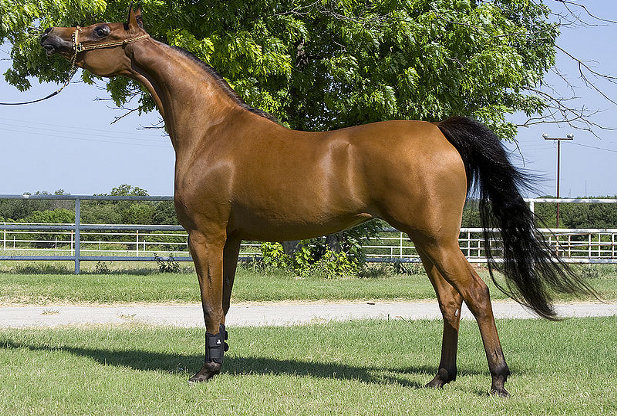
The Messara (also known as a Cretan horse) is a light riding and draft horse found on the island of Crete off the coast of Greece.
The native mountain-type Messara pony has been on the island of Crete for at least 1000 years. The name comes from the Messara Plain where they are usually found. Cretan horses were developed by crossing native and Arabian breeds imported during the Ottoman occupation in the 17th century. It is now a rare breed with only around 100 representatives. Since 1994 there is a studbook and a conservation programme has been started.
The main coat colours found in the Messara are bay, brown (a variation of the bay), black and gray. They usually stand between 12.2 and 14 hands (50 and 56 inches, 127 and 142 cm) high. They retain some characteristics of their Arabian ancestors. Most Messara ponies have a natural pacing gait that is easy and comfortable to ride. They are very good at walking on rocky ground and uneven surfaces.
Messara horses are used for light farm work and for transportation but more often are also being used for riding and racing. The stallions are often crossed with female donkeys (Jennies) to produce hinnies.
Peneia Pony
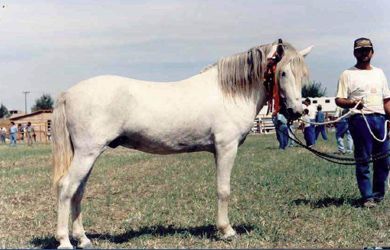
The Peneia Pony (Greek: αλογάκι της Πηνείας) is a rare breed of pony from the Peloponnese in southern Greece. Peneia is a poetic name for the peninsula, often found in classical texts.
Peneias generally stand between 10.1 and 14 hands high, and are usually bay, black, chestnut, or gray, although other colors are seen. They have a well-proportioned head with a convex profile and a well-set neck running into low withers, a wide chest, and muscular, sloping shoulders. They have a short back, sloping croup, and long legs with small, tough hooves.
The natural gait of the Peneia breed is fairly stilted, so they are usually taught a smoother gait called the aravani.
The breed was founded on an autochthonous Greek variety very possibly related to the Pindos, and later crossed with Anglo-Arab, Anglo-Norman and Nonius strains. Its herdbook was only established in 1995. The breed is found in Elis and Achaea in the northwest of the Peloponnese.
According to Greek Agriculture Ministry statistics, as of 2002, there were two hundred thirty-one breeding mares and sixty-nine stallions.
Peneias are used as draft animals, pack animals, and mounts for riding and jumping. The stallions are often used for breeding hinnies. Crosses with the Thoroughbred have produced faster horses, while the Hellenic National Stud Book Society is promoting a new breeding program crossing Peneia stallions with light draft mares.
Pindos Pony
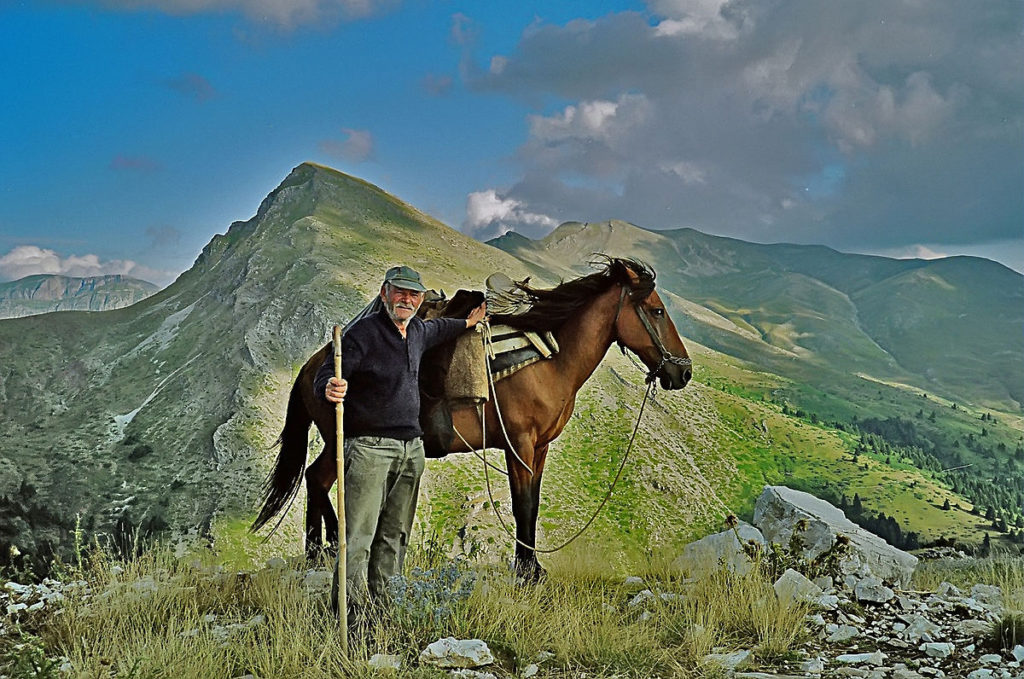
The Pindos (Greek: αλογάκι της Πίνδου) is a breed of pony or small horse native to the Pindus mountain range in Thessaly and Epirus in Greece. It is also present in mountainous parts of Thrace and Macedonia. There is a feral herd near Neochori, Karditsa, close to Lake Plastiras.
The Pindos is hardy and frugal, with good stamina, and is used for riding, driving, and as a pack and draught animal for forestry and farming. The hooves are boxy and narrow but strong, so shoeing is not often needed. It is smaller and shorter than the Thessalian, with an average height at the withers of about 132 cm.
In 2002 the recorded population consisted of 464 breeding mares and 81 stallions.
Skyros Pony
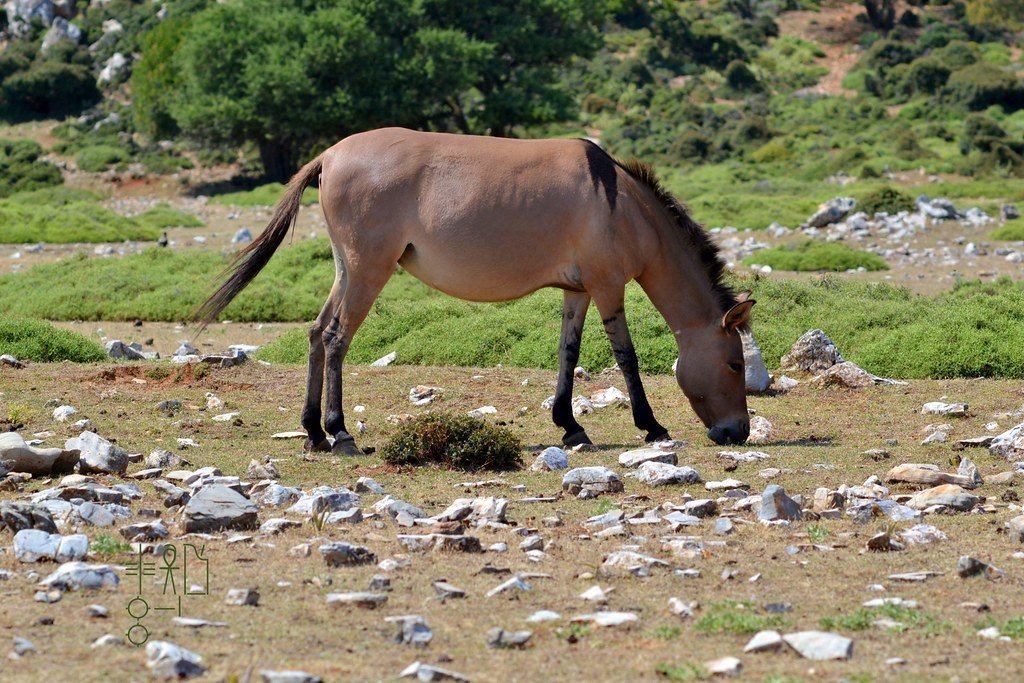
The Skyros breed generally stands between 9.1 and 11 hands (92 to 112 cm) high and maybe, bay, dun, brown or black. The small-bodied species of the Skyrian horse is one of the rarest horse breeds in the world. It is native to Greece, and in ancient times lived throughout the country, but now is only found in the wild in Skyros and inbreeding and welfare farms on the island of Skyros. At the time of writing [2009], there are 220 Skyrian horses in Greece, of which 152 live in Skyros. The Skyrian horse is a protected species.
The Skyrian horses are friendly, social, robust and intelligent animals. The head is very handsome. The mane is long and thick and usually a hue darker than the skin colour. Their legs are slim, strong and wiry, with strong joints. The tail is low set. The hooves are small, compact and strong, usually black, and do not need shoeing.
The Silva Project is currently working to promote the foundation of Skyros herds elsewhere in Greece and abroad. The Skyros Island Horse Trust based in Skyros is running a highly successful breeding, conservation, education and welfare project with the Skyrian horses. Another key organisation working to protect the Skyrian horse is the Skyrian horse society, which has created a studbook and is setting up a pedigree for the Skyrian horse. Also, another non-profit organisation Hippolytus est.2010 (ελληνικά Ιππόλυτος) based in Falani Larissa is making efforts towards promoting the breed culturally and at the same time helping with its preservation.
The Skyros breed is believed to be descended from horses brought to the island of Skyros during the 5th to 8th centuries BCE by Athenian colonists. It is possible that they were used by Alexander the Great in his conquests, and also possible that they are the horses depicted in the friezes of the Parthenon.
They developed mainly as semi-feral horses in the mountainous area on the southern part of the island, although individuals were caught and tamed by farmers for agricultural uses. The advances in agricultural mechanisation during the 1960s threatened the survival of the breed, as they were no longer needed for farm work and their numbers were already low. The prevalence of feral donkeys in the same area of Skyros is also a threat, as the two groups cross-breed and prevent pure breeding by the Skyros horses.
During the 1970s there was a short-lived breeding program focused on the Skyros breed. This program brought publicity to the breed and resulted in them being declared critically endangered in 1991.
